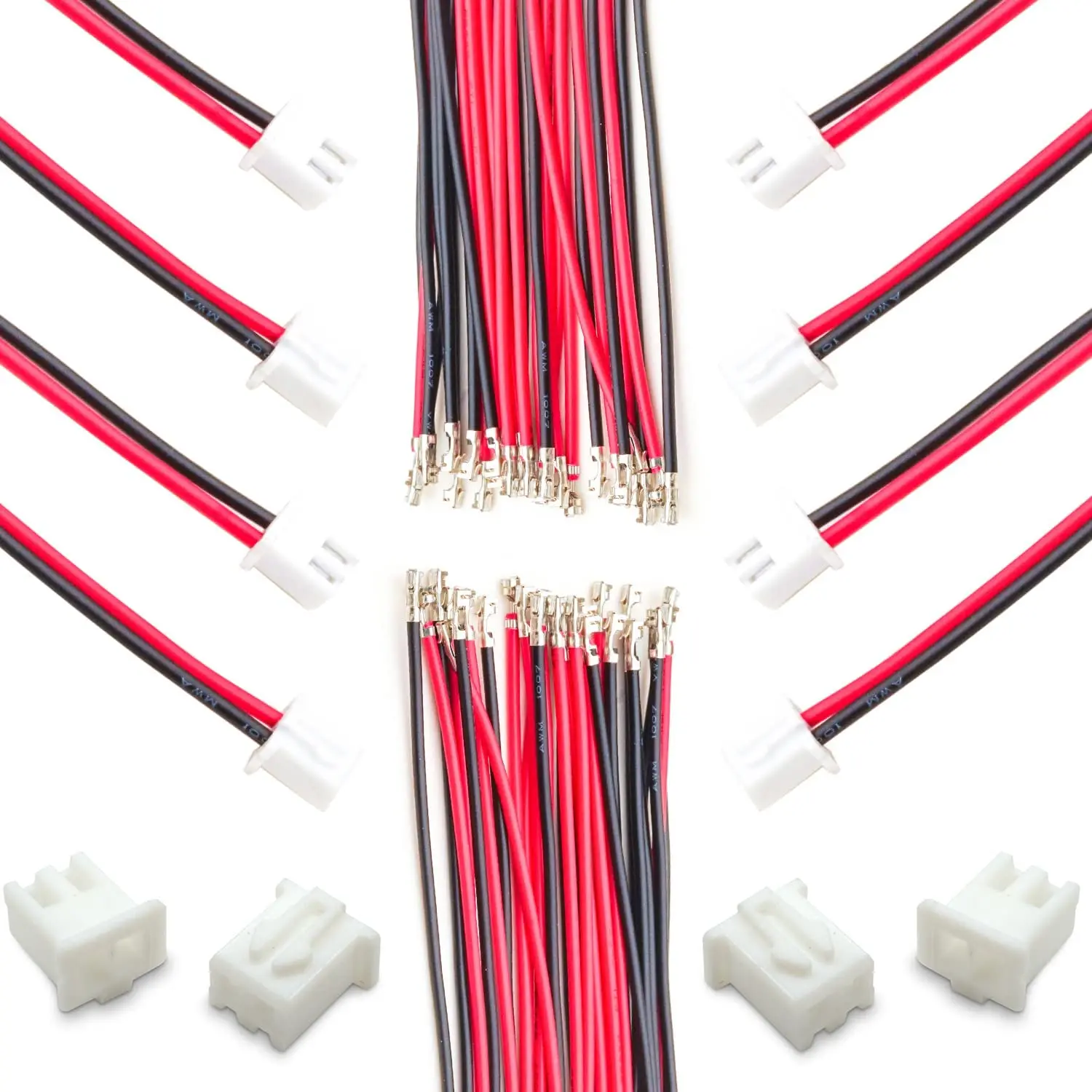I have a new post on Hackaday: Making A LEGO Vehicle Which Can Cross Large Gaps.
Simulation And Motion Planning For 6DOF Robotic Arm
I have a new post on Hackaday: Simulation And Motion Planning For 6DOF Robotic Arm.
Keyboard settings for KDE Plasma
This is a note for Future John. In KDE Plasma: System Settings -> Input Devices -> Keyboard.
Then:
- Delay
- 200 ms
- Rate
- 50.00 repeats/s
LibreOffice Calc: Data -> Calculate -> Recalculate Hard (Ctrl+Shift+F9)
This is a note for Future John. In LibreOffice Calc you can run Data -> Calculate -> Recalculate Hard to force a recalculation of your worksheet. I needed to do this so that changes to my macros got picked up. The shortcut key is Ctrl+Shift+F9. There is also F9 but I can’t use that shortcut key because I have it bound to something else.
Living the life
I’m just about to kickoff with more note taking for my Learning the Art of Electronics project. Am aiming to have the video for the first lab ready for Tuesday.
Can We Replace A Program Counter With A Linear-Feedback Shift Register? Yes We Can!
I have a new post on Hackaday: Can We Replace A Program Counter With A Linear-Feedback Shift Register? Yes We Can!
Life Changing Tips for Wicking Solder
Here’s a great video from nanofix about how to use solder wick: Life Changing Tips for Wicking Solder. He mentions a bunch of products some of which I am planning to get!
Mail Call #29: Raspberry Pi Picos, 2.5V Lamps, and a Broken Bin | In The Lab With Jay Jay
This post is part of my video blog and you can find more information about this video over here.
You can support this channel on Patreon: patreon.com/JohnElliotV
Silly Job Title: Code Warrior.
Super big thanks to my new Patreon supporters Ali and Learning as a hobby, it’s really great to have your support, thank you!
In this video we have a look at what has arrived in the mail:
- Cute Mini Desktop Small Waste Bin Garbage Trash Can Office Home Basket Table AU: I ordered three but only one survived postage, the other two, including this one, arrived damaged :(
- Official Raspberry Pi Pico Board RP2040 Dual-Core 264KB ARM Low-Power Microcomputers High-Performance Cortex-M0+ Processor (RP2040 TYPE-C 16MB)
- 10pcs E10 1.5V 2.5V 3.8V 4.8V 6V 6.2V little Bulb for Test Experiment Teaching Flashlight (2.5V 0.3A)
- 10 Pcs Experiment Equipment Screw Bulb Socket E10 Lamp Holder Base Small Bulbs Lamps Replacement Light Plastic
I mention about the ITL Wiki and my Learning the Art of Electronics project, the first lab should come out for that this coming Tuesday, fingers crossed!
Also I mention about the project from Willow Cunningham which is PentaPico: A Pi Pico Cluster For Image Convolution and is what I got my RPi Picos for!
Thanks very much for watching! And please remember to hit like and subscribe! :)
Following is a product I use picked at random from my collection which may appear in my videos. Clicking through on this to find and click on the green affiliate links before purchasing from eBay or AliExpress is a great way to support the channel at no cost to you. Thanks!
JST XH2.54 6pin Pre-crimped Connector |
Let’s go shopping!
A Love Letter To Embedded Systems By V. Hunter Adams
I have a new post on Hackaday: A Love Letter To Embedded Systems By V. Hunter Adams.
Excel and VBA reading
I’m doing some Excel VBA work for $dayjob and got a few books to brush up on the tech involved:

